After a 20-year rockfish recovery effort, marine scientists and fishermen reached an unlikely compromise to protect fragile areas of the seafloor off Southern California’s coast while reopening others to fishing.
According to Oceana, an ocean conservation organization, the eight new Groundfish Exclusion Areas cover more than 425 square miles — in and around the Santa Barbara Channel — which are now closed to all groundfish fishing to protect the living seafloor.
Simultaneously, more than 4,800 miles of ocean waters in the region are re-opened for non-trawl groundfish fishing.
Dr. Geoff Shester, Oceana’s senior scientist, called it a “win-win.” The compromise protects brittle, potentially millennia-old colonies of deep-sea corals that are easily damaged by fishing, while also allowing fishermen to access valuable fishing spots that have been essentially untouched for decades.
“It’ll probably be some of the best fishing anyone’s seen in their lives,” Shester said.

[Click to enlarge] Areas within the Cowcod Conservation Areas will be reopened to non-trawl commercial and recreational fishing, while the newly proposed Groundfish Closures (Groundfish Exclusion Areas) and existing marine reserves will remain closed. | Credit: Oceana
The new rule took effect on January 1 this year, following more than 20 years of bottom-fish fishing closures to recover cowcod rockfish, a slow-growing fish named for its large size. Cowcod was overfished in the region up until its closure in the 1990s.
“This was kind of at a time where I think 10 different species were overfished all up and down the coast — dramatic, huge closures,” said Shester.
The “Cowcod Conservation Areas” were successful and cowcod rockfish — which can reach almost three feet long and 55 years of age — are flourishing once again.
Marine scientists expected a long-haul recovery effort, Shester explained, but the fish bounced back much quicker than they thought. “If you leave Mother Nature alone, things can come back and can be more resilient than even we expect,” he added.
With the cowcod recovered, recreational and commercial fishermen were ready to jump back into the water as soon as possible. However, the conservation focus expanded to include sensitive seafloor habitats, mainly the deep-sea corals and sponges that grew alongside cowcod populations.
These “living structures,” Oceana says, offer shelter from predators, feeding areas, and nurseries for recreationally and commercially sought-after fish species plus many other creatures like sea stars and octopus.
Oceana conservationists, equipped with data from a 2016 at-sea expedition and with support from the California Department of Fish and Wildlife, sat down with recreational and commercial fishermen to find a compromise.
“It was really an area of common ground,” Shester explained. Fishermen are not damaging marine habitats intentionally, and conservation groups often acknowledge the benefits of sustainable fishing practices.
“But the history of these protected areas off California, they were ground zero for just a dirty, ugly, ‘trench warfare’ for over almost two decades,” he continued. “And that led to the state waters’ protected areas. So, you can imagine the kind of potentially contentious nature of a group like this.”
It was very unusual, Shester said with a slight chuckle. He was expecting a battle, but both sides “came into it thinking, hey, maybe we can work something out.”
Conservationists began by presenting sensitive areas of interest for protection, which “was met with moans and groans” from fishermen who brought forward the important fishing areas they wished to see open back up.
After some tug-of-war, each side had made compromises, and a comprehensive proposal was conceived. “We hope to get some stronger protections and build on the designation in the future, but right now they’re permanently protected,” Shester said.
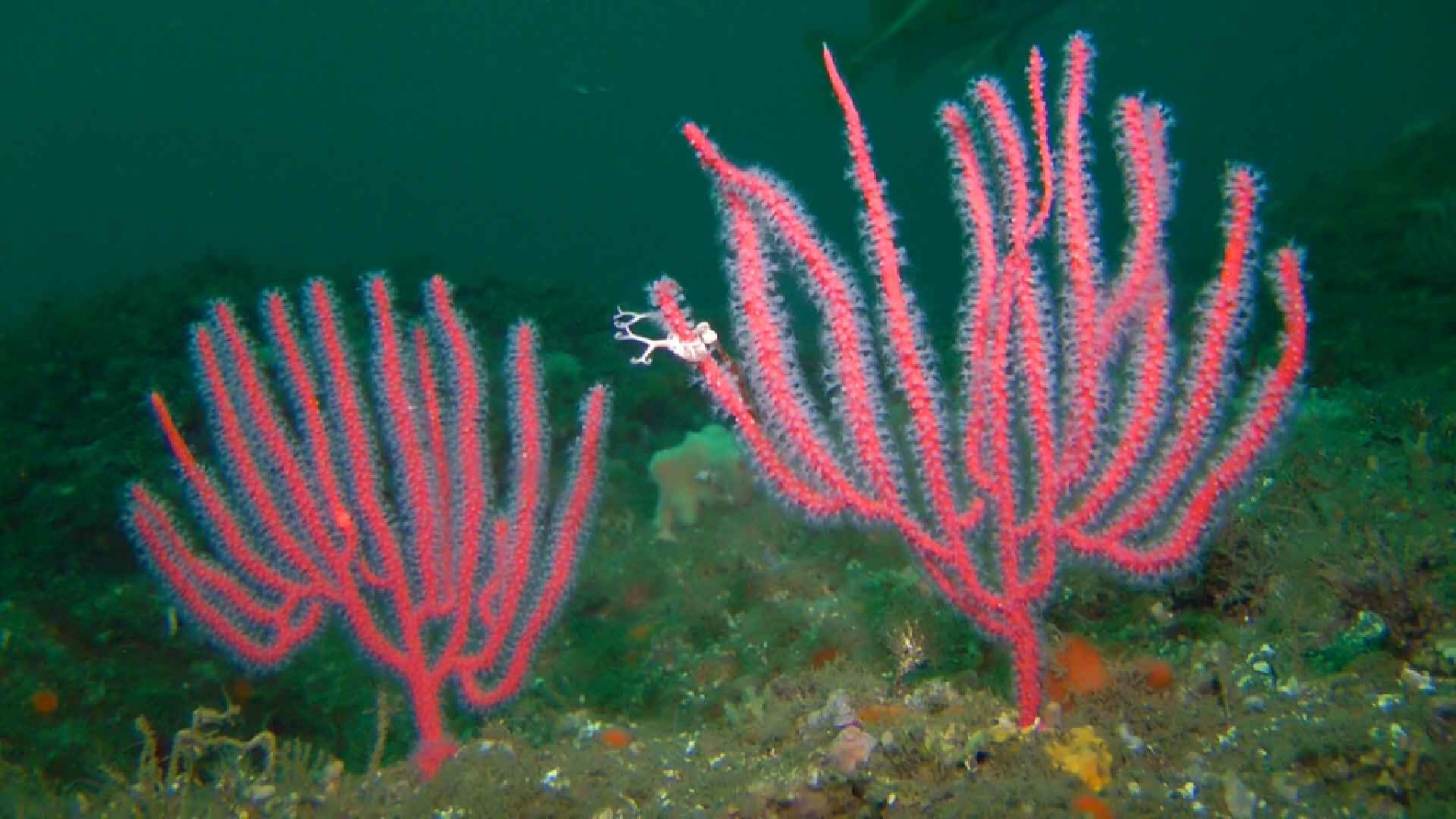
The entire re-opened area will remain off-limits to bottom trawling, but fishing opportunities using hook and line gears have been restored. What will be protected are some of “the most spectacular coral and sponge gardens off California that support a healthy ocean from the seafloor up,” including recently discovered areas from Oceana’s at-sea expeditions.
The conservation measures are combined with “science-based limits on fish catches,” regular stock assessments, and monitoring and enforcement by state and federal regulatory agencies.
The National Marine Fisheries Service finalized the regulations following a vote for these changes last March by the Pacific Fishery Management Council — a 14-member federal advisory body.
Similarly, the new rules protect five reefs offshore Oregon from all commercial groundfish fishing gear designed to contact the seafloor to protect the diversity of ocean life living there — conserving a total of 182 square miles.
“This shows that ocean conservationists and fishermen can work together to support common goals for biodiversity protection and responsible fishing,” Shester said.
Premier Events
Sat, Mar 29 7:30 PM
Santa Barbara
Chris Botti in Concert
Sun, Apr 06 11:30 AM
Santa Barbara, CA
Gun Violence Prevention Forum with Asm. Gregg Hart
Thu, Apr 10 10:00 AM
Santa Barbara
Free Dry Eye Seminar w/ Dr. Zucker & Dr. Reynard
Fri, May 23 7:30 PM
Santa Barbara
Songbird: The Singular Tribute to Barbra Streisand
Sat, Mar 29 10:00 AM
Santa Barbara
Global Tesla Takedown
Sat, Mar 29 10:30 AM
Santa Barbara
Children’s Resource Fair
Sat, Mar 29 11:00 AM
Santa Barbara
National Vietnam War Veterans Day Celebration
Sat, Mar 29 1:00 PM
Santa Barbara
3rd Annual Canned Food Drive and Community Event
Sun, Mar 30 6:00 PM
Santa Barbara
Free Contra Dance 💃 Anvil Sky BAND 💃
Mon, Mar 31 6:00 PM
Santa Barbara
Cesar Chavez Day Vigil for Migrant Families
Tue, Apr 01 10:00 AM
Santa Barbara
“Is Your Home Safe?” Smart Senior Living Seminars
Tue, Apr 01 1:00 PM
Santa Barbara
“Is Your Home Safe?” Smart Senior Living Seminars
Tue, Apr 01 8:00 PM
Santa Barbara
UCSB Arts & Lectures Presents Ukulele Orchestra of Great Britain
Wed, Apr 02 4:30 PM
Santa Barbara


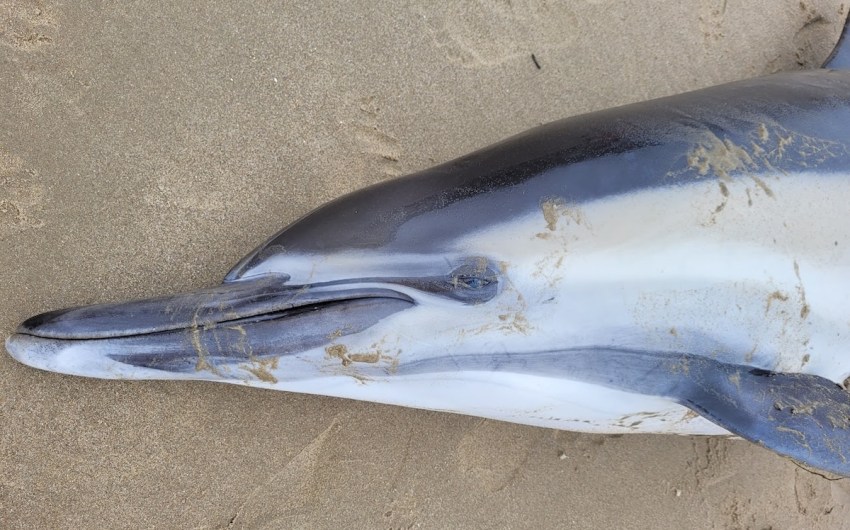

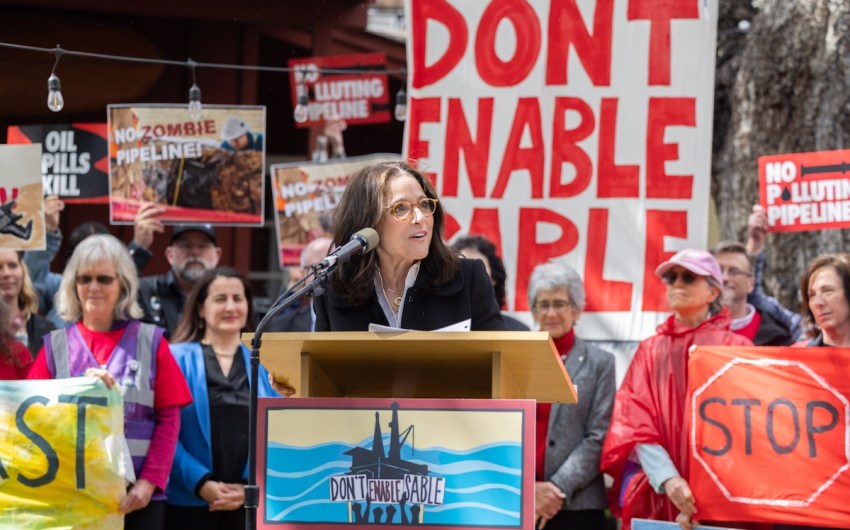
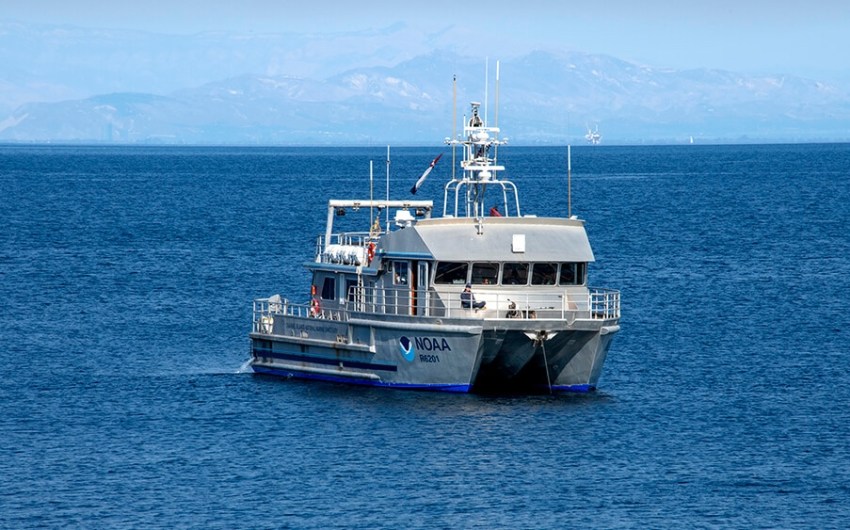
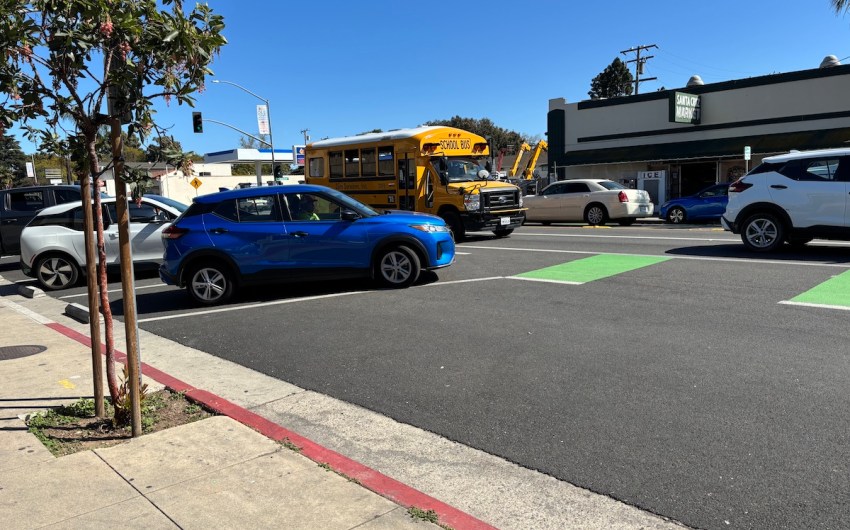





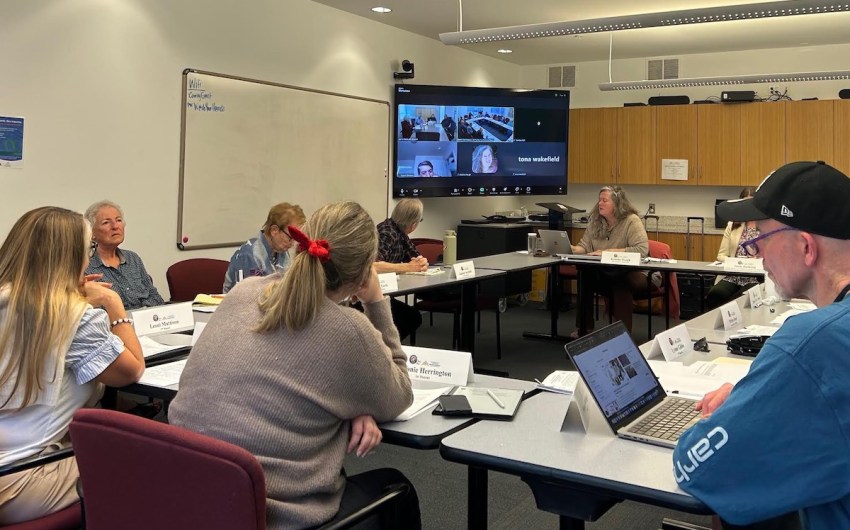








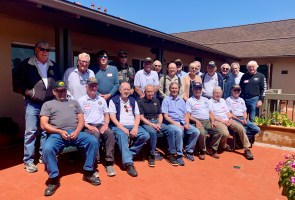

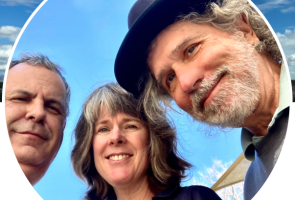




You must be logged in to post a comment.